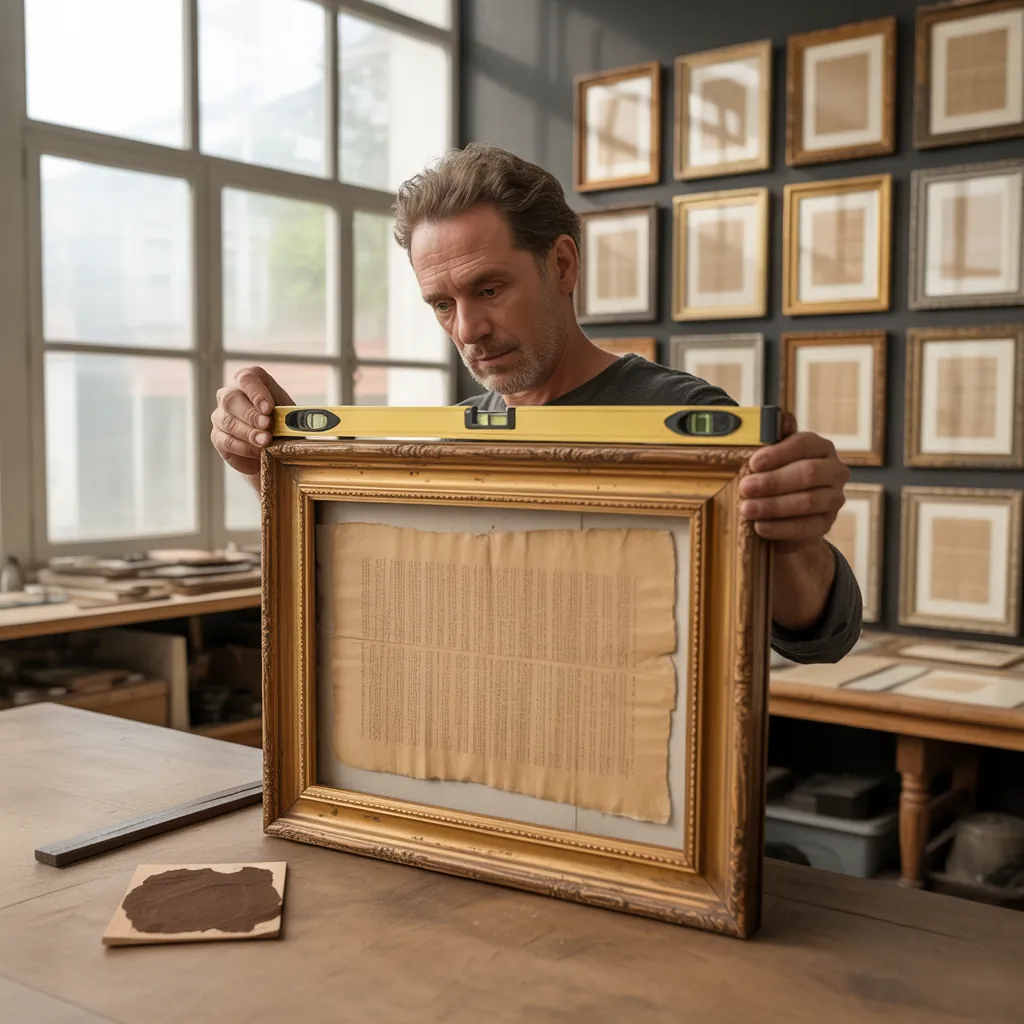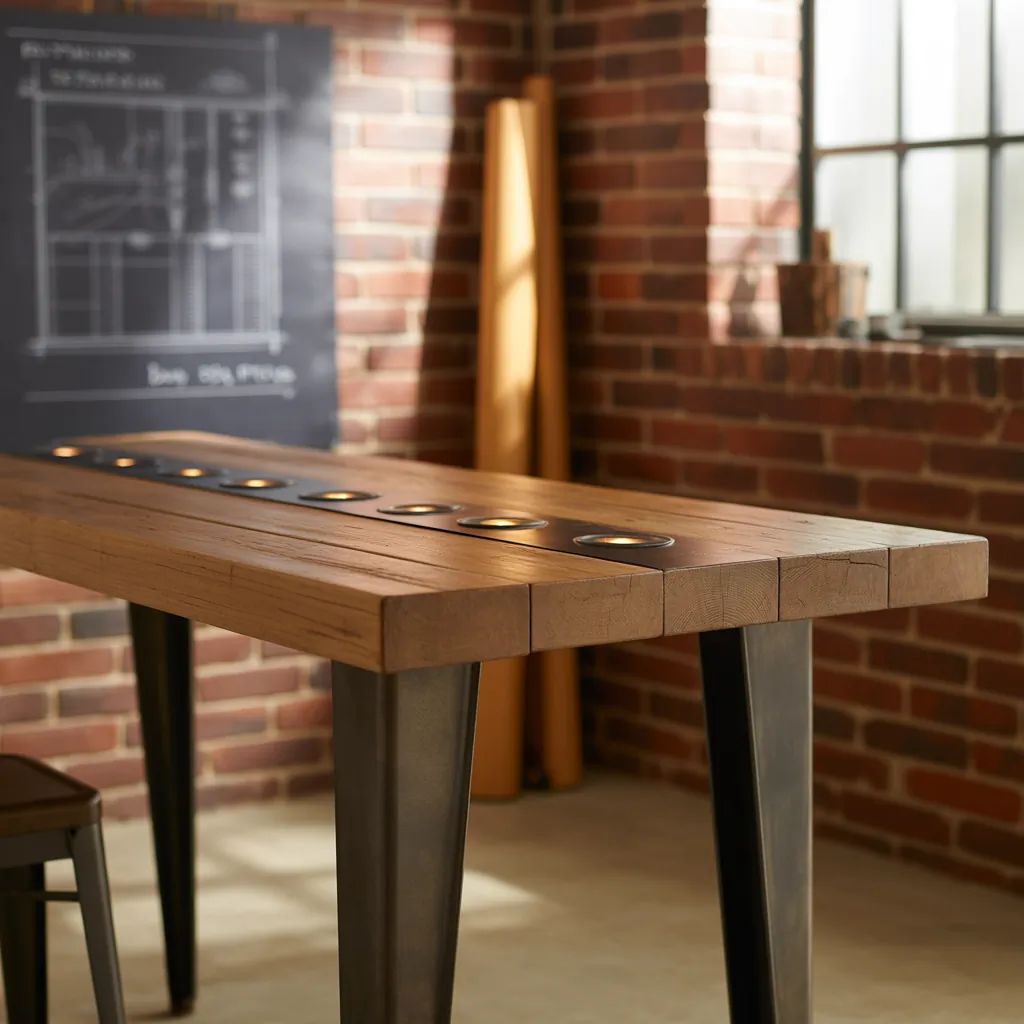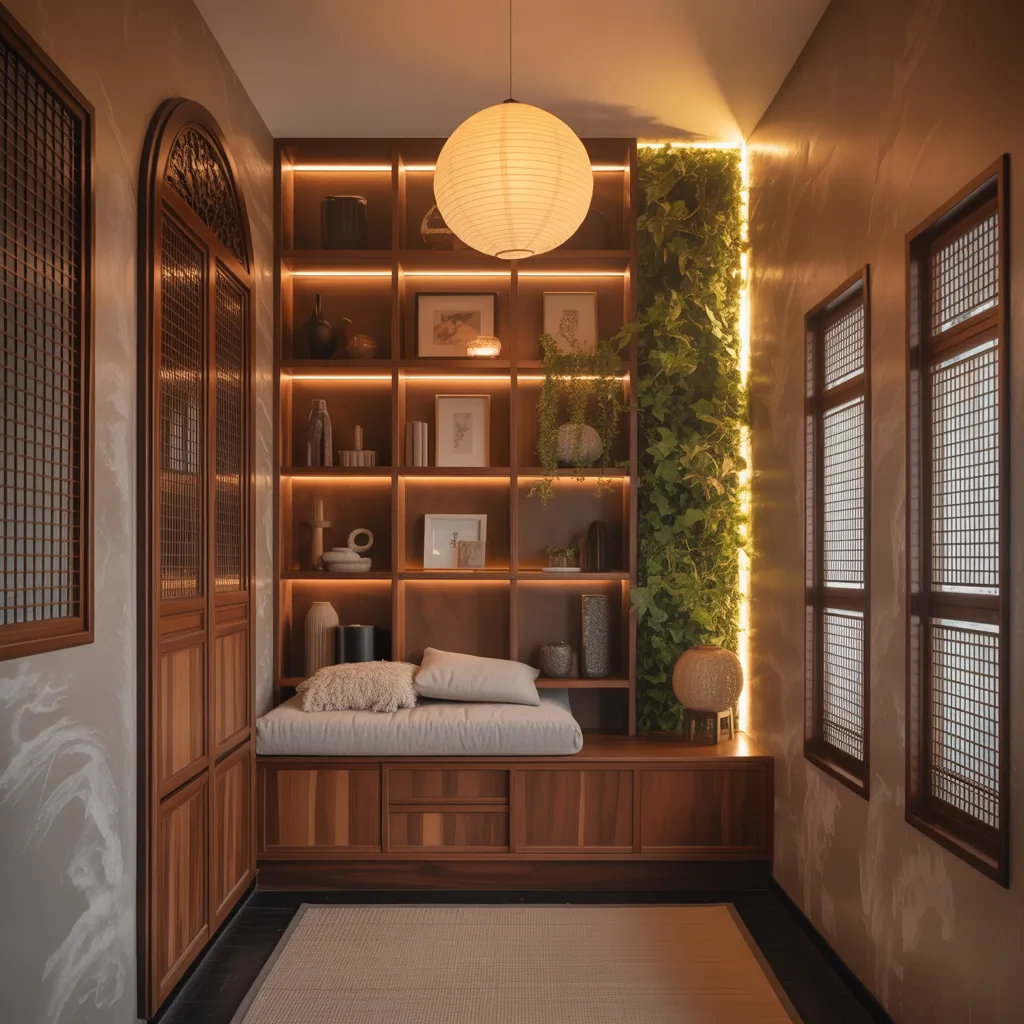You just found a delicate papyrus sheet at a flea market, inherited an ancient-looking scroll, or bought handcrafted papyrus art online — now what? The delicate texture and historical feel make papyrus a standout piece, but improper framing can damage it. Whether you’re a weekend DIYer or a seasoned home decorator, these ideas for framing papyrus will help you preserve, display, and style your piece beautifully.
Why framing papyrus matters: preservation meets style
Papyrus is fibrous, porous, and often fragile. Beyond aesthetics, the right frame acts as conservation: it keeps dust, humidity, and UV light at bay while showcasing texture and ink. Good framing balances archival materials with design choices that match your home’s style—from modern minimalism to rustic or Mediterranean decor.
Quick overview: framing options at a glance
- Float mounting — lets the papyrus “hover” behind glass to highlight edges and texture.
- Mat and window — uses an acid-free mat to create a visual border and prevent contact with glazing.
- Shadow box — adds depth for rolled or layered papyrus and allows use of spacers and backing.
- Traditional full mount — mounted flat on archival board, good for very stable pieces.
Materials you’ll need for a safe DIY frame
- Archival, acid-free mat board and backing
- UV-filtering glazing (UV glass or UV-blocking acrylic like plexiglass)
- Conservation mounting materials: Japanese paper hinges, wheat starch paste or archival linen tape (avoid regular pressure-sensitive tape on the papyrus)
- Clean, cotton gloves
- Frame with appropriate rabbet depth or a shadow box
- Silica gel packets for humidity control (optional)
Step-by-step DIY instructions for framing papyrus
Preparation — clean, measure, and choose a location
- Work on a clean, flat surface and wear cotton gloves to avoid transferring oils.
- Measure the papyrus and plan the mat window or shadow box depth. Leave breathing room — do not cram edges against glass.
- Choose a display location away from direct sunlight, heat sources, and humidity (bathrooms and kitchens are not ideal).
Mounting method A: Float mount (recommended for texture)
- Cut an acid-free backing board to the frame size.
- Create Japanese paper hinges: tear thin strips of Japanese paper, apply a small amount of wheat starch paste.
- Attach hinges to the top edge (or top and sides for heavier pieces) and then to the backing, allowing the papyrus to sit slightly away from the glazing.
- Use spacers inside the frame to ensure the glazing does not touch the papyrus surface.
- Seal the back with archival tape and add silica gel if desired.
Mounting method B: Mat and window (classic look)
- Cut an acid-free mat with a window slightly larger than the artwork — use a bevel cut for a professional edge.
- Attach the papyrus to the backing using archival hinges behind the mat so no adhesive touches the visible area.
- Assemble with UV glazing and seal the back.
Design inspiration: styles that pair well with papyrus
Papyrus works across a variety of looks. Here are a few ideas to match your decor:
- Rustic/boho: Use reclaimed wood frames, warm-toned mats, and natural fiber mats (linen) to emphasize earthy textures.
- Modern minimalist: Choose a thin black or metal frame, neutral mat, and non-reflective UV acrylic for a clean gallery feel.
- Eclectic/global: Pair papyrus with carved wooden frames, brass accents, or group multiple small sheets in a curated grid.
- Traditional/conservation-forward: Neutral archival mat and wood frame with UV glass prioritizes preservation while remaining timeless.
Arrangement ideas: single piece vs gallery wall
One large papyrus can be a focal point over a mantel or console. Alternatively, create a gallery wall using a series of smaller papyrus sheets — mix sizes and frames for visual interest. For groups, maintain consistent mat color or frame finish for cohesion. Use paper templates on the wall to plan layout before hanging.
Practical tips and troubleshooting
- Avoid direct tape contact with the papyrus surface; use hinges or mount behind the mat.
- If your papyrus is rolled, gently unroll and flatten with light weight over archival interleaving, or consult a professional conservator if it seems brittle.
- For humid climates, include desiccant packets inside sealed frames and avoid placing art on exterior walls where temperature swings are common.
- Use proper hanging hardware and a level; heavier frames should have two hooks for stability.
Ideas for framing papyrus: advanced techniques and finishing touches
Consider double matting with a thin colored core to echo pigments in the papyrus, or use a fillet (small decorative inner frame) to create depth. For illuminated pieces, small LED picture lights with low heat output can add drama — keep them low and UV-free. Labeling the piece with a subtle caption card behind glass can add provenance and story.
Conservation considerations: when to call a pro
If the papyrus is brittle, actively flaking, or of significant historical value, seek a professional paper conservator. Improper adhesives, pressure, or humidity changes can cause irreversible damage. Professional framers offer museum-grade mounting and materials when preservation is the priority.
Frequently Asked Questions
Yes — with the right archival materials and gentle handling you can successfully frame papyrus at home. Choose acid-free mats, UV glazing, and use hinge mounting rather than adhesive on the surface. For fragile or valuable pieces, consult a conservator.
UV-filtering glass or UV-blocking acrylic is recommended. Acrylic is lighter and shatter-resistant, but choose optical-grade acrylic to avoid distortion. Non-reflective options are available to reduce glare, though some coatings may slightly alter color so test or ask a professional if color fidelity matters.
Keep papyrus out of direct sunlight and away from high humidity and heat. Use acid-free materials, UV glazing, and maintain stable indoor climate. Desiccant packs can help in humid environments. For long-term preservation of valuable pieces, professional conservation is advised.
Conclusion: Try these ideas for framing papyrus in your home
Framing papyrus beautifully is a blend of conservation and design — protect the piece with archival materials while choosing a frame style that complements your space. From float mounts to shadow boxes, these ideas for framing papyrus give practical, creative options you can tackle as a DIY project or with a pro. Ready to start? Gather your materials, pick a frame style, and give your papyrus the display it deserves. If you’re looking for more inspiration, check out our pages on DIY projects and home design ideas to plan the perfect layout.
Call to action: Try one of these framing techniques this weekend — share a photo of your finished display or visit our kitchen upgrades ideas for more home improvement inspiration!



